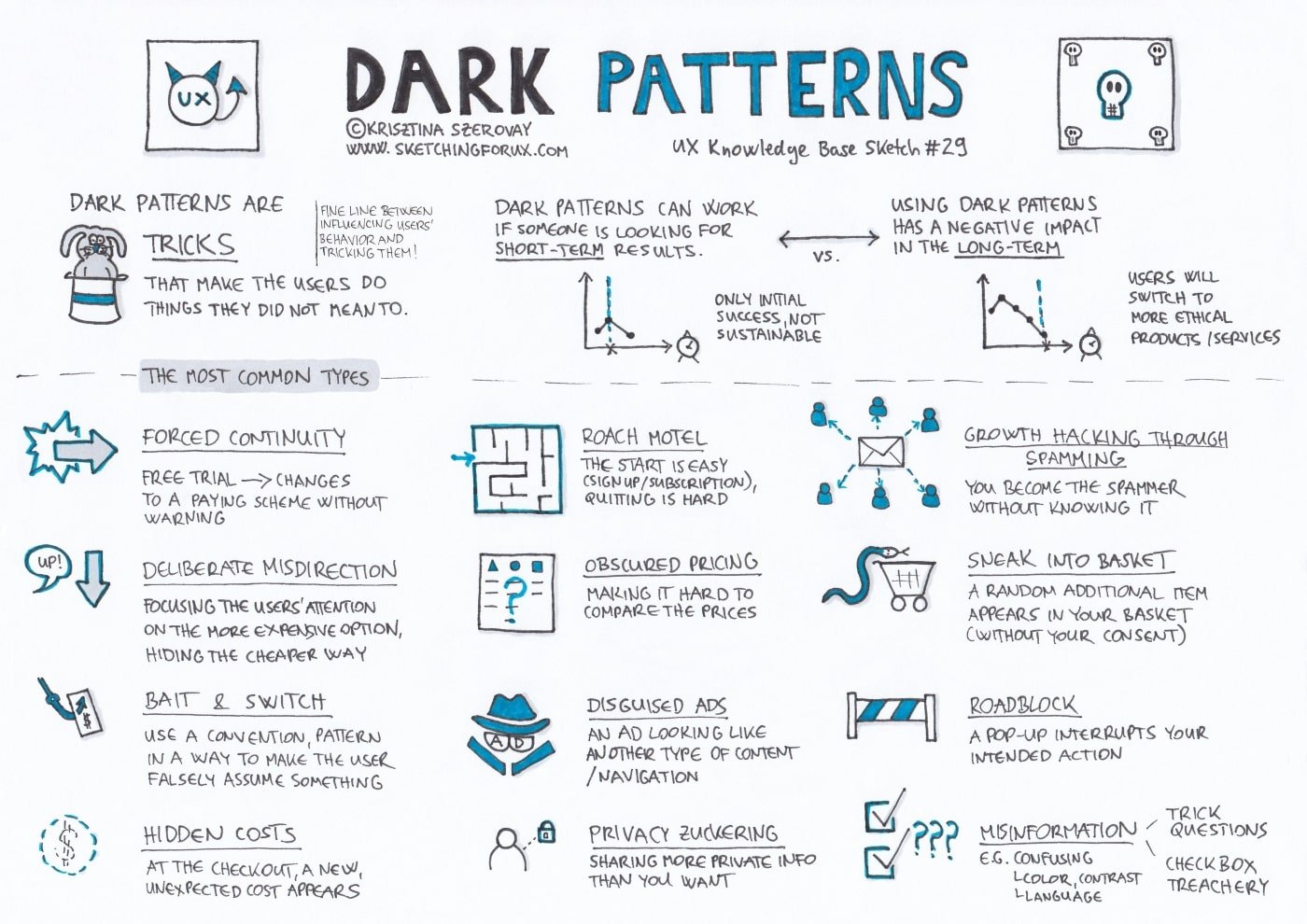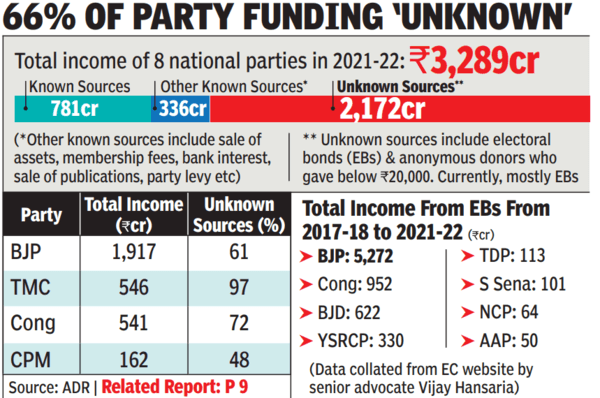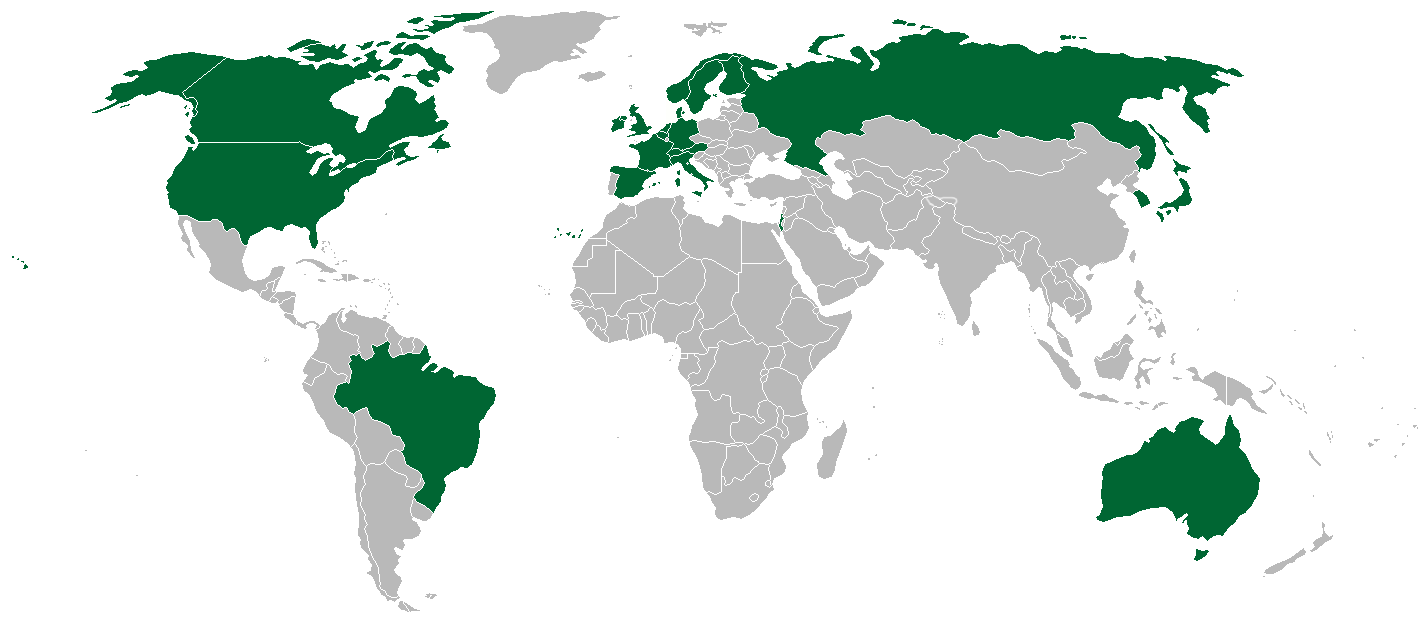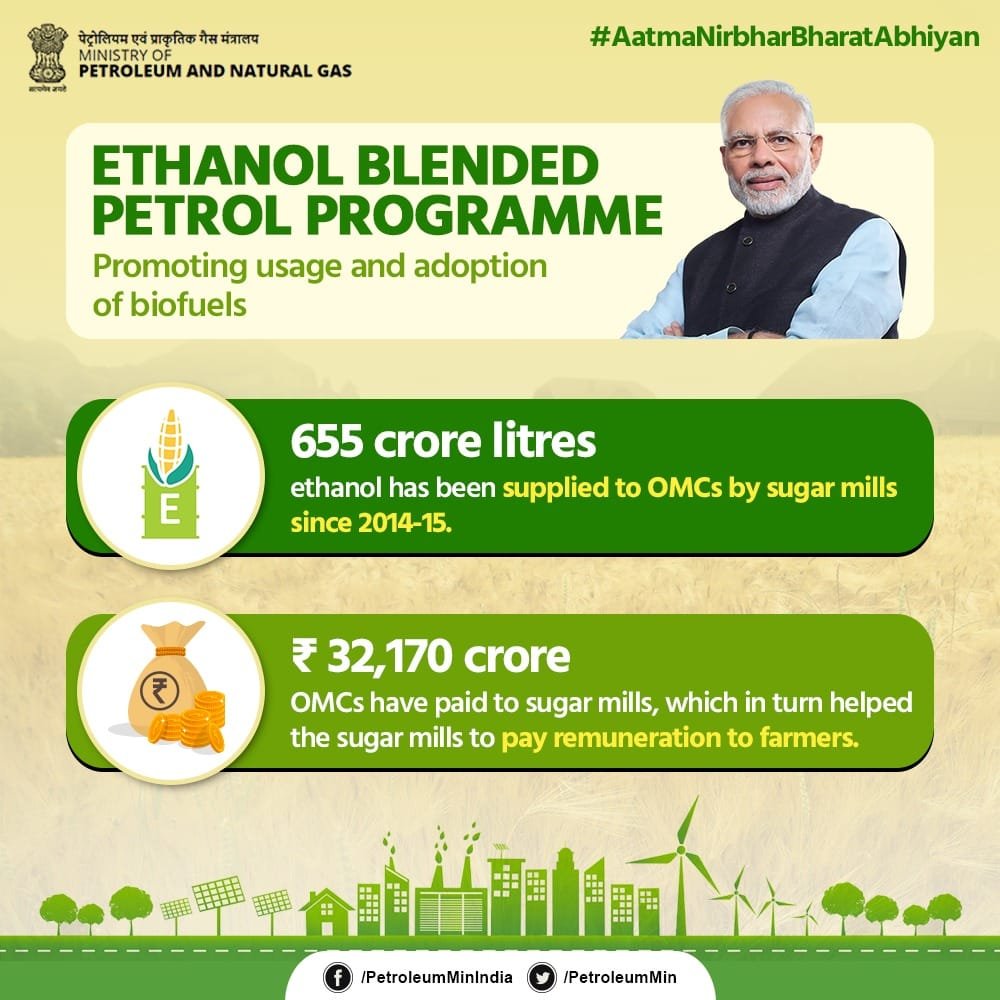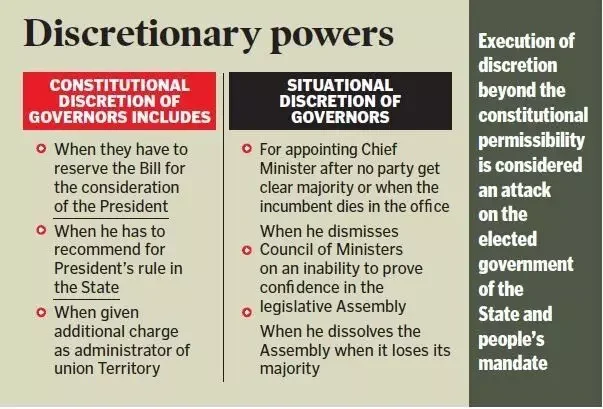
Public Interest Litigation (PIL)
Subscribers of "Current Affairs" course can Download Daily Current Affairs in PDF/DOC
Subscribe to Never Miss an Important Update! Assured Discounts on New Products!
Must Join PMF IAS Telegram Channel & PMF IAS History Telegram Channel
- Context (LiveLaw): Delhi High Court dismisses PIL to replace the term ‘Central Government’ with ‘Union Government’ in laws and notifications.
- A PIL denotes a legal action initiated in a court of law for the enforcement of public interest.
- PIL, a judicial innovation, is available under Art 32 and 226 of the IC, owing greatly to the liberal interpretation of these articles by Justice P.N. Bhagwati and Justice Krishna Iyer.
- It can be filed by any socially conscious or publicly spirited person/organization on behalf of an aggrieved person or group, who, because of their socially or economically disadvantaged position, are unable to approach court for relief.
PIL as a tool of Social Change
- Enforces diffused or collective rights by relaxation in the principle of ‘Locus Standi’ allowing any publicly spirited person to file PIL on behalf of other persons and ensure justice.
- Safeguards Fundamental Rights
- Strengthens Directive Principles: PIL aligns with the principles enshrined in Art 39A of the IC to protect and deliver prompt social justice with the help of law.
- Judicial Empowerment leading to Judicial Activism: For e.g. Recent directives by SC over the vaccination policy of the centre in a suo motu case over COVID-19 management.
- Cost-effective Remedy: Only a nominal fixed court fee is involved, and no affidavits need to be filed. For e.g. In the Veena Sethi v. State of Bihar case, a letter to the judge was admitted as a writ petition to protect the rights of mentally ill undertrials in Hazaribagh jail.
- Ensures good governance through the activism of civil society as they become active stakeholders in governance. E.g. Sabrimala Case (Indian Young Lawyers Association), LGBT rights (Naz Foundation), etc.
PIL as an Instrument of Abuse
- Misuse for commercial gains: PILs have become more of a ‘Publicity interest litigation’ and are being misused for private grievances in the grab of public interest.
- Exploitation of PIL for vexatious litigation, filing baseless cases without the financial encumbrance of substantial court fees, as required in private litigation.
- The judiciary is overwhelmed as by extending its jurisdiction, it exacerbates the strain on its already overburdened infrastructure, resulting in a staggering backlog of cases.
- Leads to ‘creeping jurisdiction’: PIL disrupts the constitutional equilibrium among the legislature, executive, and judiciary.
- PIL’s impact on the indigent: PIL is occasionally wielded against marginalised communities, compelling farmers and slum dwellers to relinquish their land, among other inequities.
Way Forward
- Following the apex court guidelines for hearing PILs.
- Confine PILs to cases where access to justice is undermined by some kind of disability.
- Ensuring that the PIL route is taken only when all alternative mechanisms have been exhausted.
- Ensuring that the petitioner who approaches court is acting bona fide and not for personal gain, private profit, or political considerations. The focus should only be on cases of “Public interest”.
- The court can impose exemplary costs to prevent dubious PILs to create economic disincentives.
PIL Driven Landmark Judgements
|





![PMF IAS Environment for UPSC 2022-23 [paperback] PMF IAS [Nov 30, 2021]…](https://pmfias.b-cdn.net/wp-content/uploads/2024/04/pmfiasenvironmentforupsc2022-23paperbackpmfiasnov302021.jpg)
